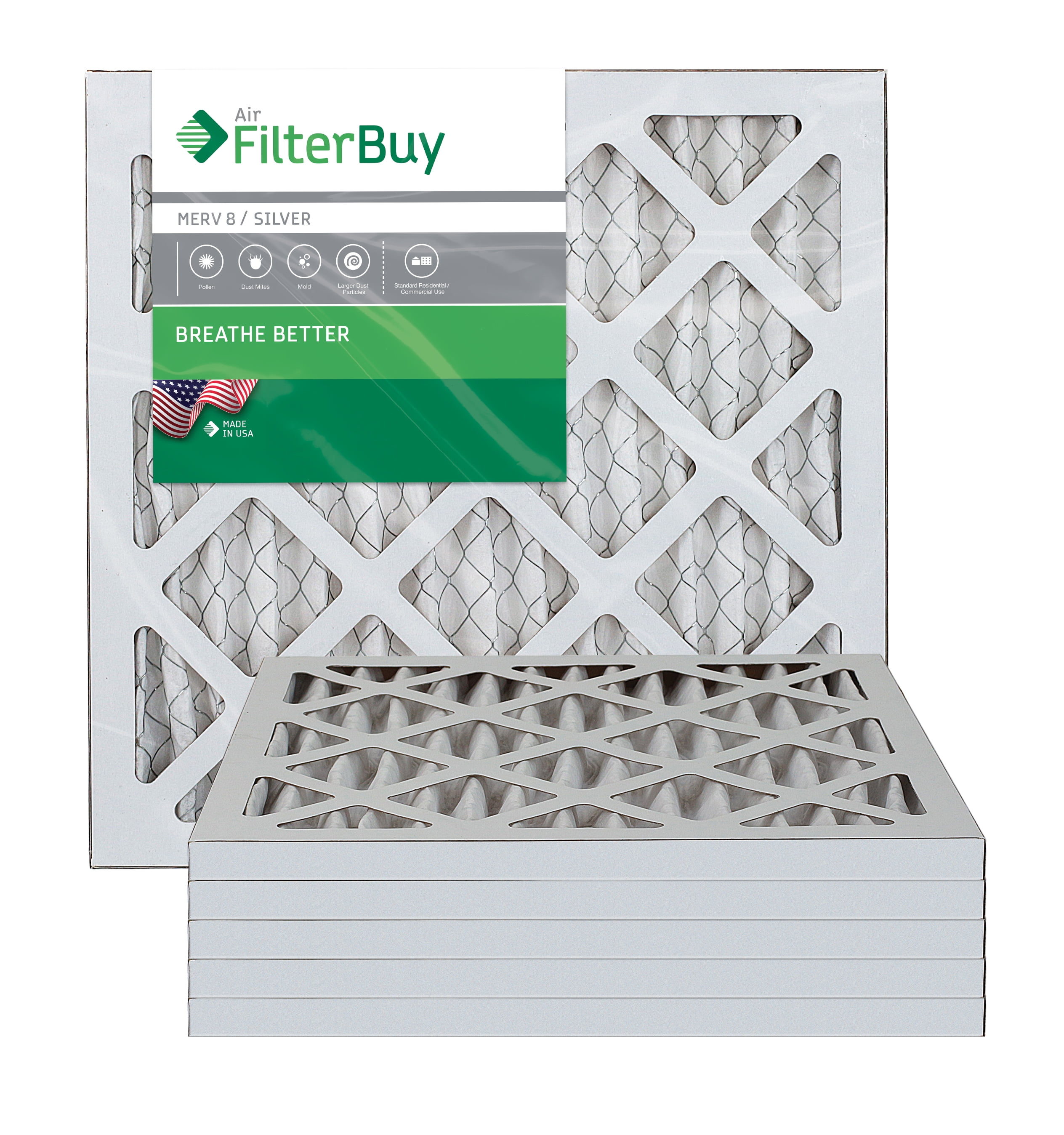


The one fact easily obtained is that the original design of filters was intended to protect the blower motor found in older-style furnaces and the evaporator coil in air-conditioning units. The big breakthrough came in 1919 when Alice Parker patented the first central heating system, forever changing how people kept their homes and businesses comfortable.Īt some point, people began using filters to prevent particles from blowing inside of rooms, especially after the invention of the fan system in the late 1890s. Then in 1883, Thomas Edison invented the first electric heater, followed by the patenting of the first thermostat two years later by Warren Johnson. Later that same century, a Scottish man, named James Watt, developed the first working heating system that operated on steam combined with a connection of pipes. However, it’s known that in the early 18th century, Englanders first started using combustion air coming from an outside duct to make interior rooms more comfortable. As a general rule to keep allergy suffers as comfortable as possible, change the furnace filter every 30 to 60 days.For some reason, there’s little to no information as to when and who invented the first furnace filter.
Artclip furance filter manual#
Consult the owner’s manual for your furnace to determine the correct MERV filter rating. Because filters with higher MERV ratings are denser, your furnace must work harder to draw air through them and not all furnaces are powerful enough to do so. Use a filter with a MERV rating of 12, such as the Nordic Pure Filter (available on Amazon), if your furnace can handle it. In homes where a family member has dust and/or pet allergies, change the furnace filter frequently to ensure good air quality. Allergy sufferers will benefit from frequent filter changes. Due to their pleats, filters such as the Honeywell Ultra Efficiency Filter (also available on Amazon), have more square inches of dust-trapping space, so they often require fewer changes-usually every 90 days. A flat filter, such as the Flanders Front Panel Filter (available on Amazon), is designed to be changed every 30 days. The deeper the pleats, the more surface area a filter has and the more room it has to collect airborne particles, so it may not clog as quickly as a flat filter. Flat filters may clog more quickly because they have less surface area than do pleated filters. Most furnace filters come in two types, flat and pleated. Photo: Flat filters clog more quickly than pleated ones. Unfortunately, those smaller holes tend to clog more quickly than lower-rated filters with larger holes.Ĭlogged filters not only negatively impact the air quality in a home, but they also force the furnace to work harder to draw air into the system so they can shorten the useful life of the furnace. Your furnace’s owner’s manual will specify the best MERV rating for your furnace, and in general, filters with a MERV rating of 6 through 9 should be changed every 90 days, while those with a MERV rating of 10 through 12 should be changed every 60 days. This is because higher-rated filters have smaller holes so fewer particulates can get through. In fact, filters with ratings of 11 or 12 will block not only dust and pet dander, but can also block some types of microscopic viruses and fumes. The higher the MERV rating, the better the filter is at blocking airborne pollutants. Filters rated below 6 may not adequately block airborne particles, and filters with ratings higher than 12 are designed for specialized use, such as in hospitals. The denser the filter, the more often it should be changed.įilters are given a minimum efficiency reporting value (MERV), which ranges from 1 to 16, although ratings of 6 through 12 are best for residential furnaces.


 0 kommentar(er)
0 kommentar(er)
